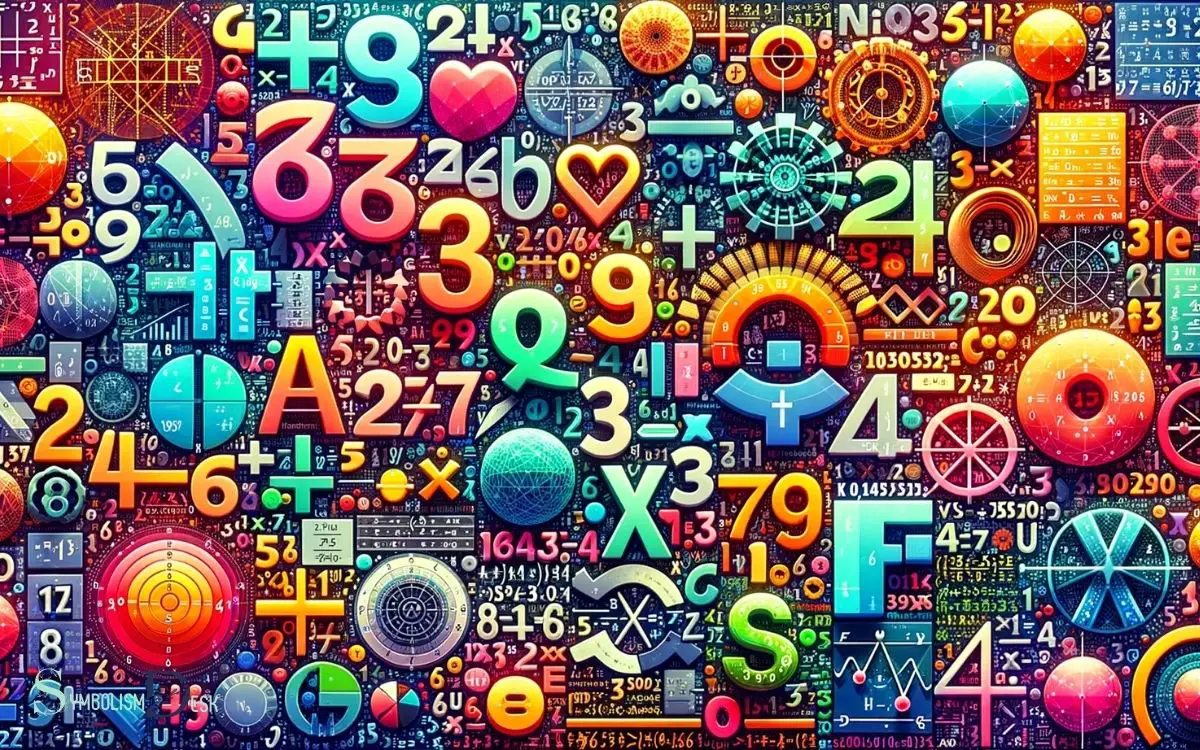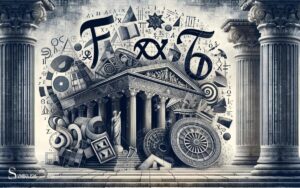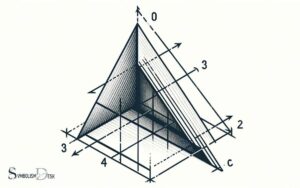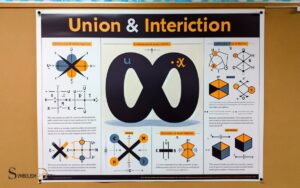Symbols of Numbers in Maths: Operations!
Mathematical notations include a variety of symbols to represent numbers and operations, each with distinct meanings and applications. These symbols are essential for expressing mathematical ideas clearly and succinctly.
Mathematical symbols for numbers range from the basic digits (0-9) to more complex representations like pi (π) for irrational numbers or i for imaginary numbers.
Here’s a breakdown of some common number symbols:
Symbols in mathematics streamline the expression of complex numerical concepts and facilitate advanced calculations.

Key Takeaway
Arabic Numerals
The Arabic numerals, also known as Hindu-Arabic numerals, are the ten digits: 0, 1, 2, 3, 4, 5, 6, 7, 8, and 9, used in most of the world today. They originated in India and were later adopted by Islamic mathematicians, hence the name Hindu-Arabic numerals.
These numerals revolutionized mathematics by introducing a symbol for zero, which was crucial for the development of the decimal system.
The simplicity and efficiency of Arabic numerals made arithmetic operations and recording numbers much easier compared to earlier systems. This contributed to the widespread adoption of these numerals globally.
Understanding the significance and usage of Arabic numerals is fundamental in comprehending various mathematical concepts and applications.
Roman Numerals
Originating from ancient Rome, the system of Roman numerals employs a combination of letters to represent numerical values. The basic symbols in the Roman numeral system are I for 1, V for 5, X for 10, L for 50, C for 100, D for 500, and M for 1000.
Roman numerals are formed by combining these symbols and adding or subtracting their values. For instance, II is 2, VI is 6, and IV is 4.
Unlike the decimal system, Roman numerals do not follow a place value system, and the symbols are combined in a specific order to represent numbers.
While Roman numerals are not used in modern mathematical calculations, they are still employed today for various purposes such as indicating the year in movie credits, naming monarchs, or on clock faces.
Prime Numbers
Discussing prime numbers involves exploring their unique properties and significance in mathematics. Prime numbers are natural numbers greater than 1 that have no positive divisors other than 1 and themselves.
They play a fundamental role in number theory and have various applications in encryption, computer science, and other fields.
Understanding prime numbers is crucial in fields such as cryptography, where large prime numbers are used to secure data and information.
| Prime Numbers | Examples |
|---|---|
| 2 | 2 |
| 3 | 3 |
| 5 | 5 |
| 7 | 7 |
| 11 | 11 |
These numbers are the building blocks of all natural numbers and have fascinated mathematicians for centuries. The distribution of prime numbers is a topic of ongoing research, with many unsolved problems related to their patterns and occurrences.
Irrational Numbers
Irrational numbers are numbers that cannot be expressed as a simple fraction. These numbers cannot be written in the form of a fraction where both the numerator and denominator are integers. Instead, they are represented by non-repeating and non-terminating decimals.
Here are some key characteristics of irrational numbers:
- Non-repeating decimals: Irrational numbers do not have a pattern that repeats infinitely.
- Non-terminating decimals: Their decimal representation goes on forever without terminating.
- Examples: Common examples of irrational numbers include √2, π, and e.
- Found in nature: Irrational numbers often represent natural phenomena and cannot be expressed precisely as a fraction.
Understanding irrational numbers is essential as they play a crucial role in various mathematical and scientific applications.
Imaginary Numbers
The concept of ‘Imaginary Numbers’ introduces an abstract dimension to the numerical system, extending mathematical operations beyond real numbers.
Imaginary numbers are crucial in solving complex mathematical problems, especially in electrical engineering and physics.
These numbers are denoted by “i,” where (i^2 = -1). When combined with real numbers, they form complex numbers of the form (a + bi), where (a) and (b) are real numbers.
The table below illustrates the basic operations involving imaginary numbers.
| Operation | Example |
|---|---|
| Addition | ( (3 + 2i) + (1 + 4i) ) |
| Subtraction | ( (5 – 2i) – (3 + 4i) ) |
| Multiplication | ( (3 + 2i) imes (1 + 4i) ) |
| Division | ( rac{3 + 2i}{1 + 4i} ) |
| Complex Conjugate | ( ) |
Conclusion
Symbols of numbers such as Arabic numerals, Roman numerals, prime numbers, irrational numbers, and imaginary numbers play pivotal roles in various mathematical concepts and calculations. Symbols of numbers such as Arabic numerals, Roman numerals, prime numbers, irrational numbers, and imaginary numbers play pivotal roles in various mathematical concepts and calculations. Among these, the symbol for square in mathematics, denoted by a superscript ‘2’, is widely used to represent the process of multiplying a number by itself. This notation simplifies complex equations and is integral to areas like geometry, algebra, and even physics.
Each symbol represents a unique aspect of the mathematical world, contributing to the complexity and depth of numerical understanding.
From the simplicity of Arabic numerals to the enigmatic nature of imaginary numbers, these symbols showcase the diverse and dynamic nature of mathematical exploration.






